Art in War: The Impact of Conflicts on Artistic Output
Art has always been intertwined with the human experience, reflecting the joys, sorrows, and struggles of society. In times of war, artists have often found themselves compelled to respond to the chaos and devastation around them through their work. This article explores the profound impact of conflicts on artistic output, examining how war has influenced the creation and reception of art throughout history.
The Role of Art in War
Art serves as a powerful medium for expressing the emotional and psychological toll of war. Artists use their creativity to convey the horrors of conflict, document historical events, and provoke social change. From Francisco Goya’s haunting “The Third of May 1808” depicting the atrocities of the Peninsular War to Picasso’s anti-war masterpiece “Guernica” inspired by the bombing of the Basque town during the Spanish Civil War, art has been a potent tool for bearing witness to the brutality of war.
Artistic Responses to War
During times of war, artists often feel a sense of duty to respond to the events unfolding around them. The trauma and chaos of conflict can inspire powerful works of art that capture the human cost of war. For example, the poetry of Wilfred Owen, a soldier in World War I, vividly conveys the horrors of trench warfare and the futility of battle. His poignant verses continue to resonate with audiences today, serving as a reminder of the devastating impact of war on individuals.
The Influence of War on Art Movements
Wars have also shaped the trajectory of art movements, influencing styles, themes, and techniques. The Dada movement, born out of the disillusionment and despair of World War I, rejected traditional artistic conventions and embraced absurdity and chaos. Surrealism, another movement that emerged in the aftermath of the war, explored the unconscious mind and dream imagery as a response to the trauma of conflict.
Conclusion
Art in war is a testament to the resilience and creativity of humanity in the face of adversity. Through their work, artists have documented the impact of conflicts on individuals and societies, challenging viewers to confront uncomfortable truths and envision a more peaceful future. As we continue to grapple with the legacy of war, it is essential to recognize the vital role that art plays in shaping our understanding of history and fostering empathy and compassion.














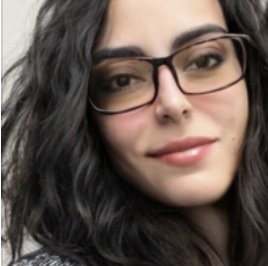
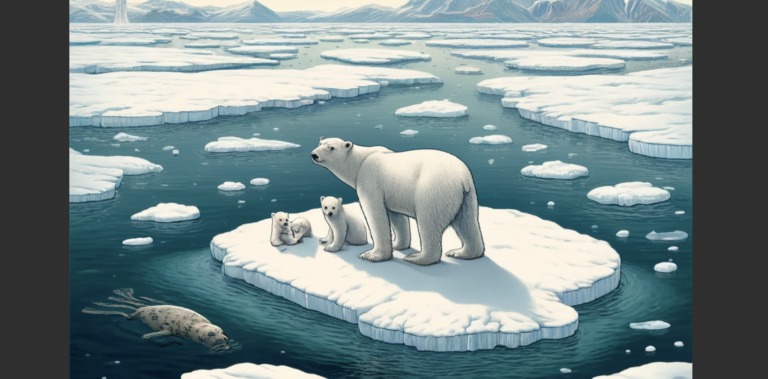
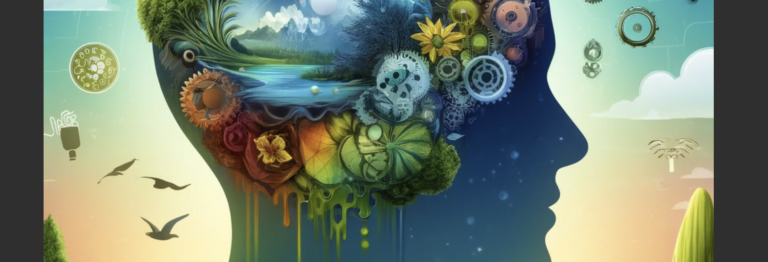


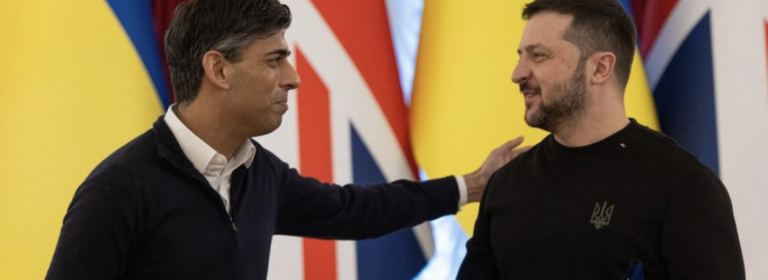
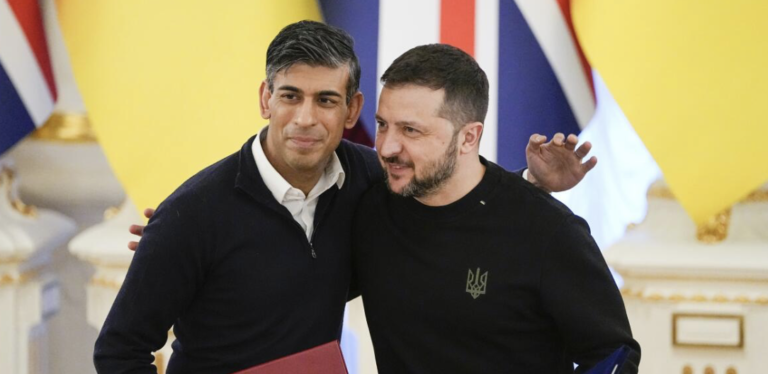








+ There are no comments
Add yours